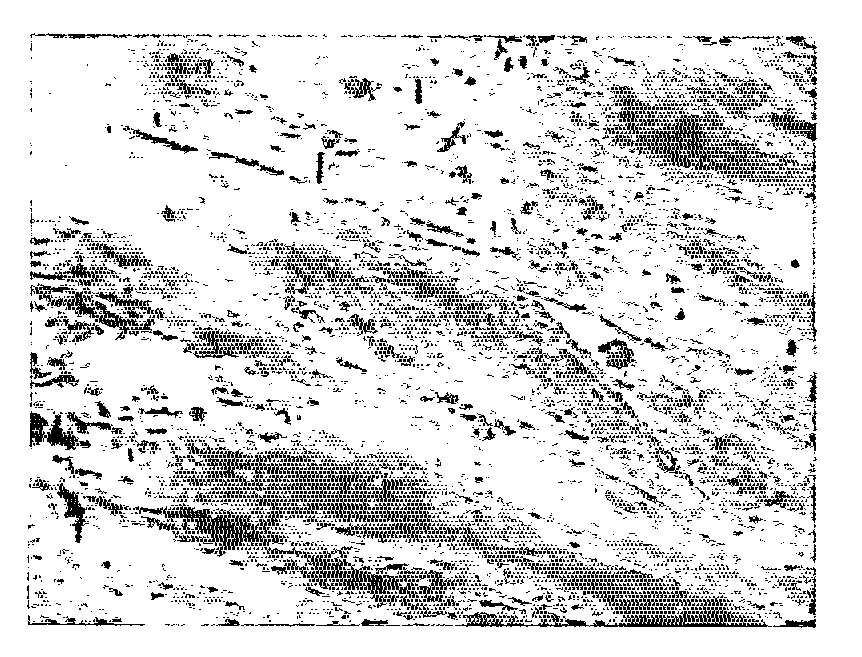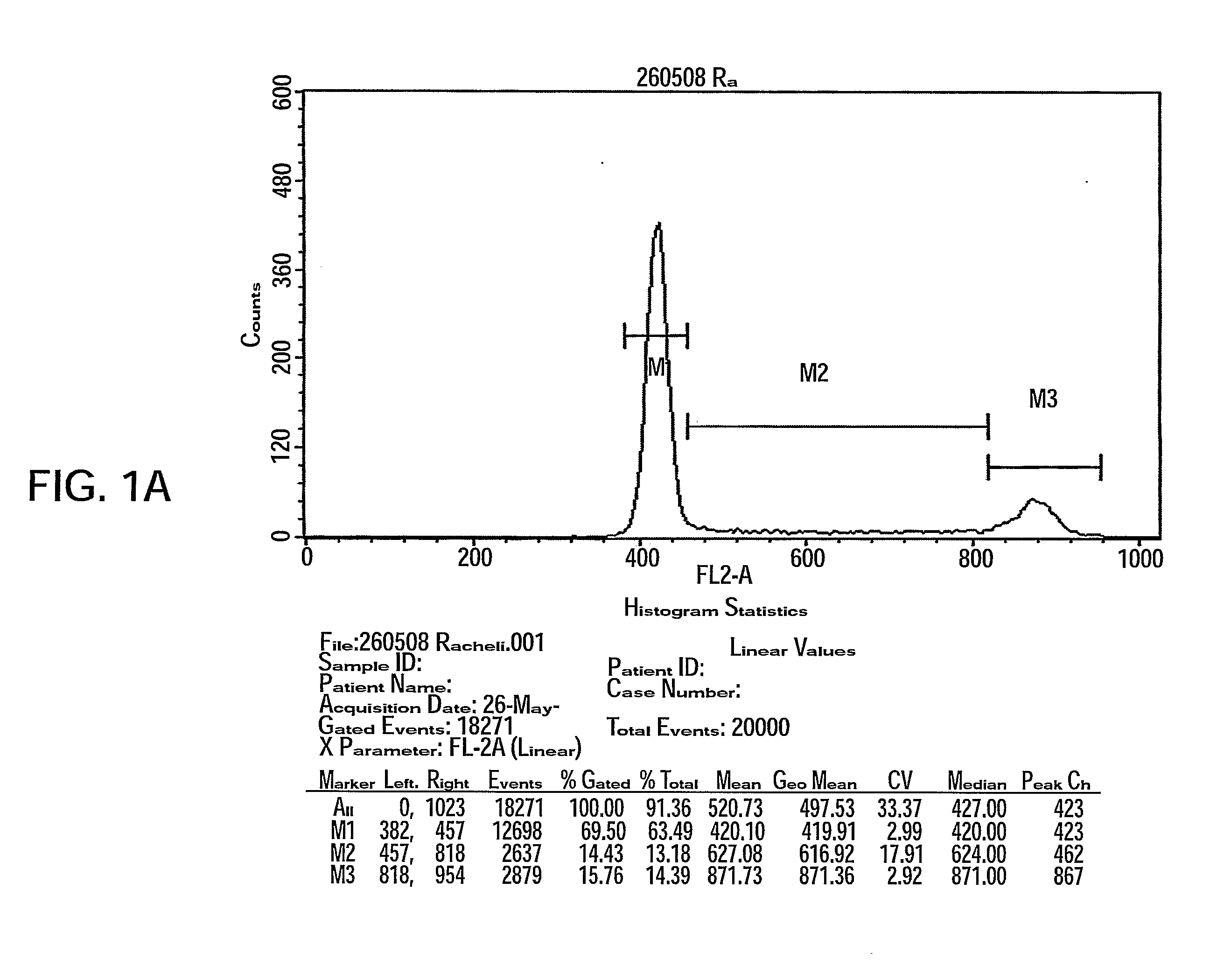Methods of treating inflammatory colon diseases
a colon disease and inflammatory technology, applied in the field of methods of treating inflammatory colon diseases, can solve the problems of abdominal pain, diarrhea, vomiting and weight loss,
- Summary
- Abstract
- Description
- Claims
- Application Information
AI Technical Summary
Benefits of technology
Problems solved by technology
Method used
Image
Examples
example 1
Methods of Generating Placenta Derived 3D Adherent Cells
[0161]Adherent cells were produced as was previously described (see WO / 2007 / 108003) in a bioreactor system containing 3D carriers to produce 3D-adherent cells (designated herein as PLX).
[0162]Materials and Experimental Procedures
[0163]Placenta Derived Adherent Cells
[0164]Inner parts of a full-term delivery placenta (Bnei Zion medical center, Haifa, Israel) were cut under sterile conditions, washed 3 times with Hank's Buffer and incubated for 3 hours at 37° C. with 0.1% Collagenase (1 mg / ml tissue; Sigma-Aldrich, St. Lewis, Mo.). Using gentle pipetting, suspended cells were then washed with DMEM supplemented with 10% FCS, Pen-Strep-Nystatin mixture (100 U / ml:100 μg / ml:1.25 un / ml) and 2 mM L-glutamine, seeded in 75 cm2 flasks and incubated at 37° C. in a tissue culture incubator under humidified condition with 5% CO2.
[0165]Two Dimensional (2D) Cell Growth
[0166]Cells were allowed to adhere to a plastic surface for 72 hours after w...
example 2
Methods of Generating 2D Adherent Cells Suitable for Use in Accordance with the Present Teachings and the 2D Adherent Cells Generated Thereby
[0171]2D adherent cells were produced which exhibit different characteristics then the above described 3D adherent cells (PLX, Example 1). Next, 2D adherent cells from bone marrow or placenta origin were grown under osteocyte or adipocyte differentiation stimulating conditions.
[0172]Materials and Experimental Procedures
[0173]Manufacturing Process of 2D Adherent Cells
[0174]Receipt of Human Tissue
[0175]All placentas obtained were received from the maternity ward under approval of the Helsinki Committee of the medical facility. Accordingly, all placenta donors signed an informed consent and Donor Screening and Donor Testing was performed (IPC1). Immediately after taking the placenta from the donor (during the caesarean procedure), it was placed in a sterile plastic bag and then in a Styrofoam box with ice packs. The placenta was delivered and imme...
example 3
Methods of Generating 3D Adherent Cells Suitable for Use in Accordance with the Present Teachings and the 3D Adherent Cells Generated Thereby
[0262]3D adherent cells (PLX-C) were produced which exhibit different characteristics then the above described 3D adherent cells (PLX, Example 1).
[0263]Materials and Experimental Procedures
[0264]Celligen™ Plug Flow Bioreactor
[0265]The production of 3D adherent cells for use in accordance with the present invention by Celligen™ (PLX-C cells) was composed of several major steps. The process started by collection of a placenta from a planned cesarean delivery at term.
[0266]Adherent cells were then isolated from whole placentas, grown in tissue culture flasks (2D cultures), harvested and stored in liquid nitrogen as 2D-Cell Stock (2DCS), the appropriate amount of 2DCS were thawed, washed and seeded onto carriers in bioreactors for further expansion as 3D-culture. After 4-21 days of growth in the bioreactors, cells were harvested and cryopreserved i...
PUM
| Property | Measurement | Unit |
|---|---|---|
| temperatures | aaaaa | aaaaa |
| concentration | aaaaa | aaaaa |
| concentration | aaaaa | aaaaa |
Abstract
Description
Claims
Application Information
 Login to View More
Login to View More - R&D
- Intellectual Property
- Life Sciences
- Materials
- Tech Scout
- Unparalleled Data Quality
- Higher Quality Content
- 60% Fewer Hallucinations
Browse by: Latest US Patents, China's latest patents, Technical Efficacy Thesaurus, Application Domain, Technology Topic, Popular Technical Reports.
© 2025 PatSnap. All rights reserved.Legal|Privacy policy|Modern Slavery Act Transparency Statement|Sitemap|About US| Contact US: help@patsnap.com



